Lucie Baudinaud discusses her work on "Les Enfants Terribles", by Ahmet Necdet Cupur
Les Enfants Terribles immerses spectators in the daily life of a Turkish family—the director’s family, to be exact—in which the youth must fight each day to affirm their freedom and independence from a parental authority anchored in traditional values. Ahmet Necdet Cupur paints an intimate portrait of Turkish youth ready to effect change.
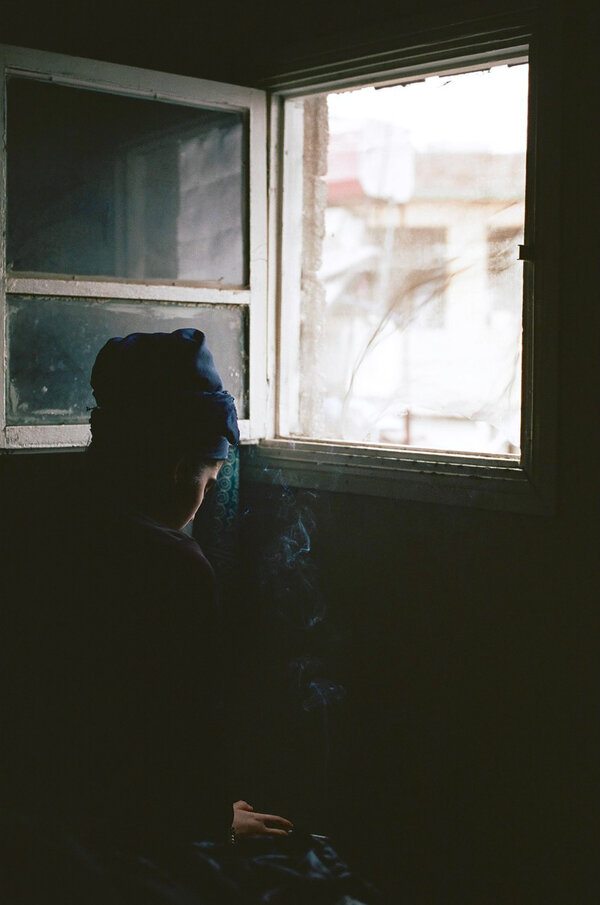
The eldest son of many siblings, Ahmet left his village in Turkey at a young age to follow his dreams elsewhere. Twenty years later, Mahmut and Zeynep, two of his younger brothers and sisters, asked him to come back to support them in their fight against the family values.
Having become a filmmaker in France, Ahmet returned with his camera and the idea that perhaps he ought to imprint these private events in the collective memory.
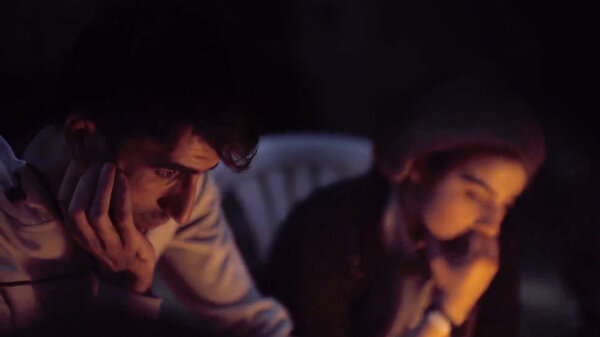
Ahmet had spent nearly two years filming when he asked me to join him to work on the photography, in the spring of 2019. He felt the need to free himself from the physical aspect of filming so that he could take a step back and make himself available to participate in the family’s discussions.
In Paris, we de-rushed the existing material. A strong photographic vision emerged from these rushes. His shots, his choice of angles, his attentiveness and the length of his takes all bore witness to a cinematographic position that had already been strongly affirmed. The goal of our work together was therefore as follows : to integrate and keep both Ahmet’s strong aesthetic choices and his restraint in the way that I would then film both his family and himself.
Then, we embarked on a more comprehensive thought process regarding his story : before going back to Turkey, we found it was important to consider what it was he was looking for within these intimate and upsetting events.
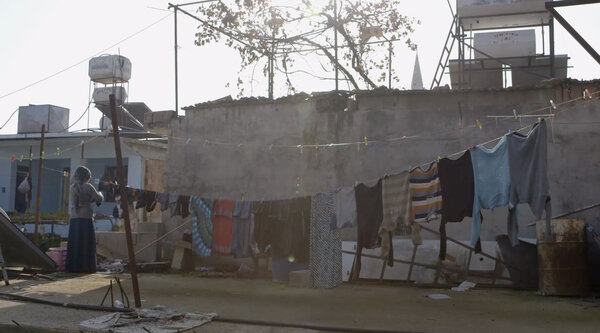
I speak neither Turkish nor Arabic, and so I trusted my intuition. I had to capture a multitude of other details in the musicality of speech, glances, and silences. I had to keep my left eye open in order to take in what was happening outside of the frame and feel what was at work in what was unsaid. I had to capture gestures, mimetics, and linguistic tics that had become recurring sounds. I had already had such an experience whilst filming a documentary in Vietnam about an ethnic minority the year prior, and I find this practice extremely interesting, as it opens one up to a different type of attentive listening and looking.
This also enabled the family and their visitors to have frank and unfiltered discussions in front of me. During the shoot, I made myself as unobtrusive as possible in order to preserve the integrity of their discussions. Ahmet handled the sound. As an “emancipated” woman, I benefited from a distance that was useful to me : I was a foreigner, and that made me freer with the village men, and also made me a potential ally for the women.
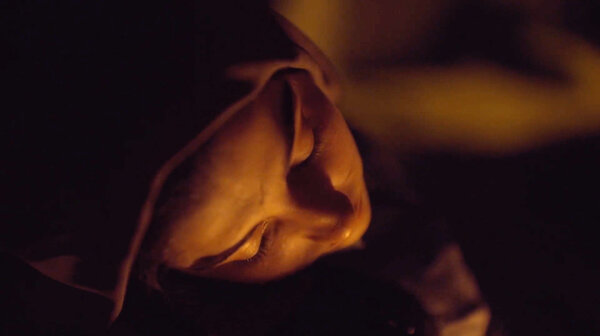
In terms of lighting, we wanted to preserve the natural direction of light in the locations that had already been filmed. Always remaining within the pre-existing tones of the rooms, we changed the lightbulbs to obtain intensities that were better suited for filming. I also rented a 35mm Samyang T1.5 for situations of extreme darkness.
This was the case for the scene that opens the film. That evening, a storm hit the village, which was plunged into darkness for the entire night. The family gathered around an oil lamp, providing sublime moments of shadow and light that we were able to film without betraying the intensity of the moment.
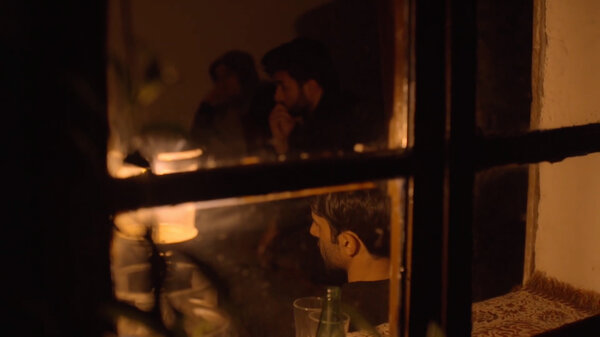
Every morning, we would derush together. Ahmet would explain his visual ambitions to me, and tell me what I should put emphasis on, while translating the scenes for me. He would tell me his progress and would share his doubts with me. We would try to identify the elements that would enable us to write the film he wanted to make, and progressively we began to understand what his film was becoming.
This work went on in Paris during the editing process that followed our trip. In summer 2020, I wasn’t able to travel with him on the last shoot. I was working on a feature film and Covid made the travel calendar impossible.
For co-production reasons, color grading took place in Germany. We had watched a few tracks together at Micro Climat Studios (the laboratory in Montreuil I am a partner of), but I wasn’t able to work with him on that step.
In that sense, we both put our names on the cinematography of his work, even though he was the DoP on his own film.
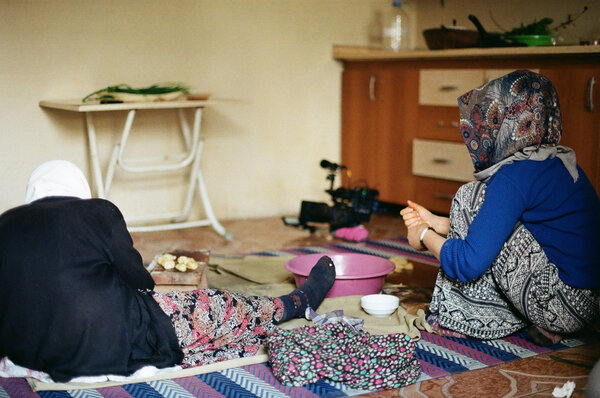
(Interview by Margot Cavret, and translated from French by A. Baron-Raiffe, for the AFC)
 En
En Fr
Fr





